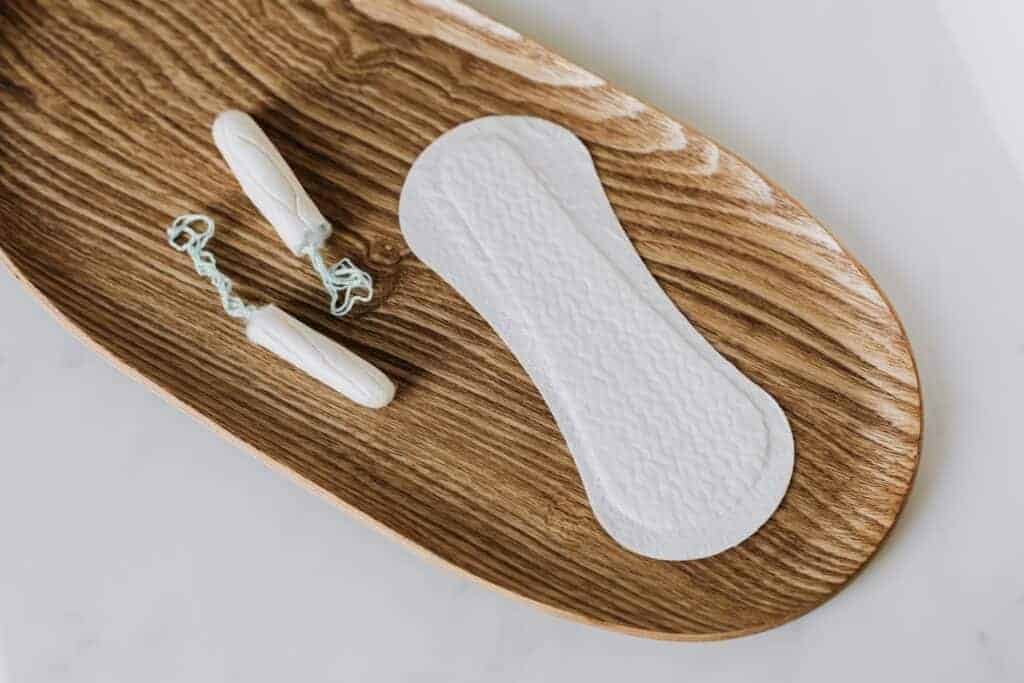Not every disposable panty liner does what it says on the tin. Some do not stick to underwear, others are poorly absorbent or not breathable. In addition, disposable panty liners pollute the wallet and the environment. The options for alternative menstrual hygiene are highlighted here.


Those who menstruate usually do so for decades. A woman experiences around 500 menstrual bleeding in the course of her life. With an average bleeding time of five days per menstruation, a total of between 10,000 and 20,000 hygiene products are used, depending on how heavy the bleeding is. Many women pick up tampons, sanitary towels and panty liners from the supermarket shelf. The latter is even worn between days - for a cleaner feel, as the advertising says.
Not every conventional panty liner, pad or tampon keeps what the advertising promises. More and more women are also becoming aware of how expensive disposable products are in reality and what damage they mean for the environment and their own health.
When it comes to the environment, it's not just plastic that is a problem. Almost all conventional hygiene products are wrapped in plastic several times. Plastic is also used in the panty liner and pad itself. It is not biodegradable or sustainable. In addition, bleaching agents, optical brighteners and other chemicals that are not biodegradable and remain in the water or the earth for a long time play a role in terms of environmental pollution.
Some of these chemicals are still found in the end product such as panty liner or sanitary napkin and come into contact with the delicate skin of the genital area. The health aspect becomes especially clear when reading a typical tampon instruction leaflet. The pressed cotton wool can lead to a life-threatening illness, Toxic Shock Syndrome (TSS). Aren't there better ways and means?
Between 20 and 60 milliliters of blood are excreted per menstruation. Practically as much as a smaller perfume bottle. To catch the menstrual blood, girls in puberty start with the classic panty liner, pad and tampon. There are various other ways to get through your period. But they are unknown to many. As an alternative monthly hygiene, menstrual cups have recently made it more popular. They are reusable and more comfortable, but require some practice to insert. The panty liner or bandage made of fabric can also score points in terms of sustainability.
A panty liner feels like underwear, is soft, absorbent, washable, reusable and therefore sustainable. In addition, fabric products are more comfortable between the legs than a conventional disposable product with a plastic layer. In addition to panty liners and pads made of fabric, there are also menstrual underwear that have very similar advantages. Of course, each woman has to decide for herself which hygiene product is the right one. But experimenting with alternative monthly hygiene is worthwhile and can mean undreamt-of benefits for comfort, budget, health and the environment.
You can find many Questions & Answers in our Frequently Asked Questions (FAQ).
Unsure about the right size? See our size chart!
Click one of the items below to get started.